Berlin’s wartime bunkers are some of its most charged and evocative spaces. Bunkers located throughout the city have been put to various cultural and touristic uses in the postwar years; the Berliner Unterwelten (Berlin Underworlds) association runs popular tours of the city’s underground architecture, while the Reichsbahnbunker in Berlin-Mitte, previously a techno club, has since 2008 housed the Boros collection of contemporary art. Now the city has gained a second bunker-based museum, with the conversion of BASA-Bunker, a Second World War telecommunications base in Kreuzberg, into the home of the Feuerle Collection of ancient Chinese and Southeast Asian and international contemporary art.
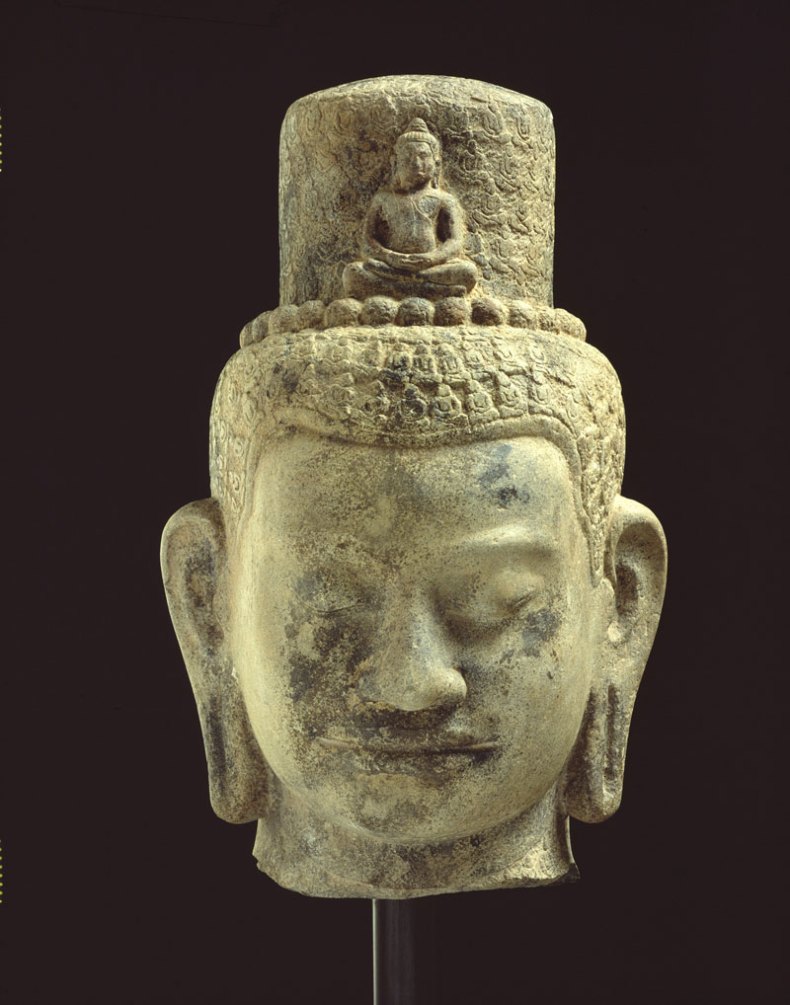
Head of Avalokiteshvara Bayon (12th–13th century). Courtesy of the Feuerle Collection
From 29 April to 7 May, the Feuerle Collection is open for a preview week, before it will host the Berlin Biennale from June to September, and celebrate its official opening in October. Founder Désiré Feuerle has pioneered the juxtaposition of ancient artefacts and contemporary art since the 1990s; a characteristic exhibition title from the Feuerle Gallery in Cologne, which he ran from 1990 to 1998, is ‘Anish Kapoor and Ban Chiang Terracotta from 1500–3600 BC’. The new museum gives him 6,480 square metres of exhibition space, spread across two floors, in which to show works ranging from Imperial Chinese lacquer furniture and stone and wood sculptures from the Khmer Empire dating from the 7th to the 13th century, to erotic photographs by Nobuyoshi Araki and a topographic sculpture in steel and running water by Cristina Iglesias.
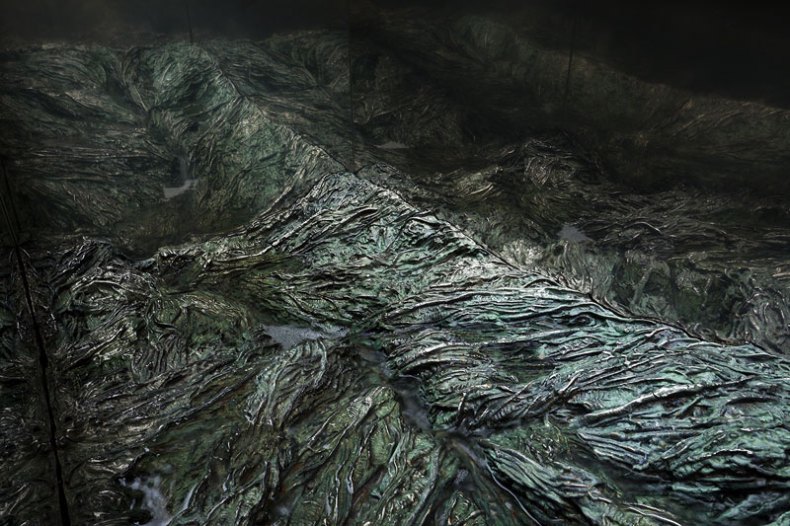
Detail of Pozo V (Version 3) (2013), Cristina Iglesias. Installation view Museo Nacional Centro de Arte Reina Sofía. Photo: Attilio Maranzano
The effect is one of rich historical layering, with sensitive hanging and placement decisions inviting unusual comparisons between different forms and eras. The bunker setting offers the perfect foil for the exhibits. Renovation by British architect John Pawson, known for his minimalist interventions, has cleaned up but not fundamentally altered the interior concrete walls of the bunker – artfully placed stalactites, water-stains, graffiti and holes remain. Pristine white walls have been sparingly introduced on the ground floor, with mirrored walls on the lower ground floor. The monumentality and historical markings of the space live on, but the atmosphere is changed, by the lightest of touches, from one of wartime paranoia to one of peaceful contemplation.
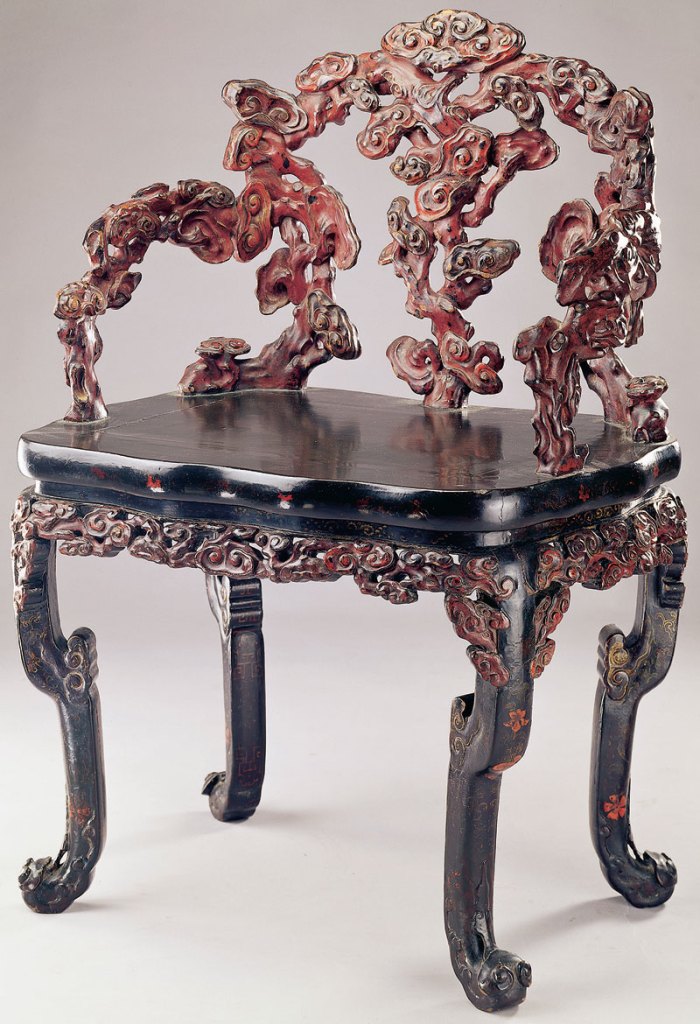
A carved chair with Lingzhi motifs. Courtesy of the Feuerle Collection
The absence of natural light in the building is supplemented by low ambient lighting, with artefacts picked out by spotlights; as you walk around the pillars in the lower ground floor exhibition space, thousand-year-old sculptures seem to appear magically out of the darkness. As well as a large exhibition space, come October the lower ground floor will hold a Sound Room (through which one enters the space to the accompaniment of a minimalistic soundscape by John Cage), a Lake Room and an Incense Room – features which will contribute to making the Feuerle Collection a distinctive star in the galaxy of Berlin museums.
The Feuerle Collection, Berlin, is open for previews until 7 May. Find out more here.
Unlimited access from just $16 every 3 months
Subscribe to get unlimited and exclusive access to the top art stories, interviews and exhibition reviews.

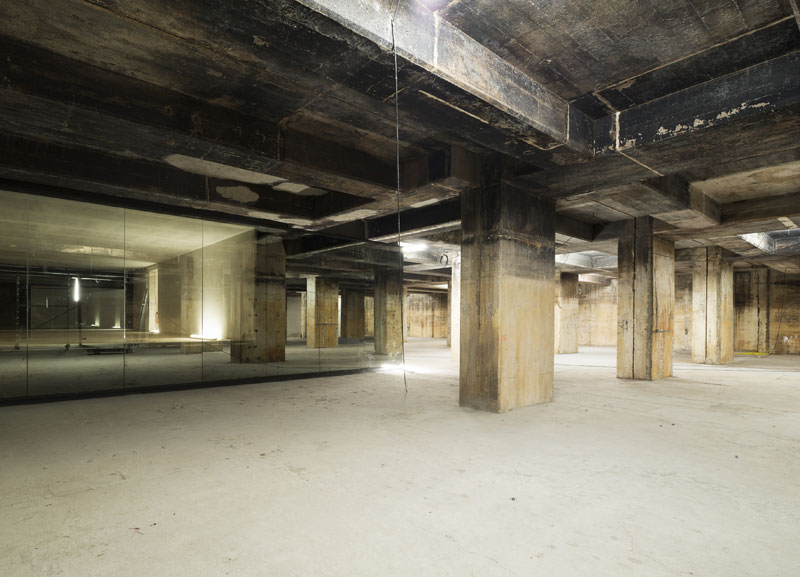
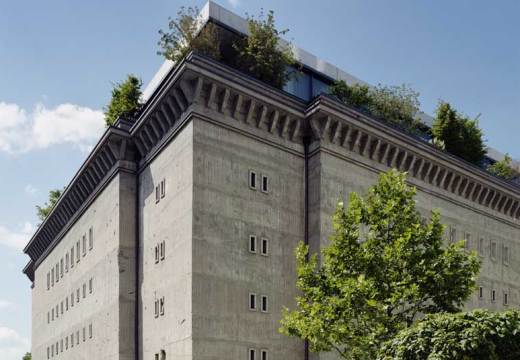
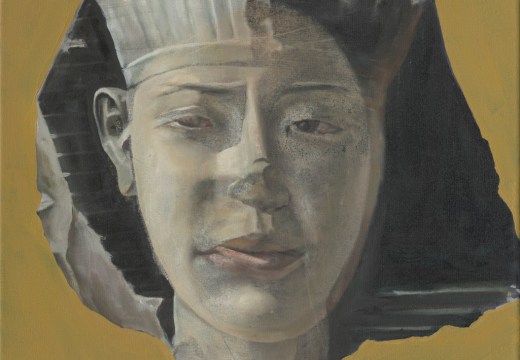
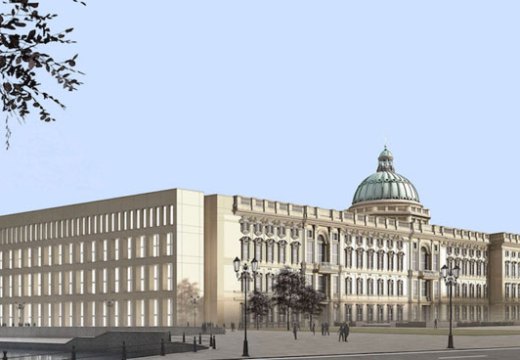









![Masterpiece [Re]discovery 2022. Photo: Ben Fisher Photography, courtesy of Masterpiece London](http://www.apollo-magazine.com/wp-content/uploads/2022/07/MPL2022_4263.jpg)
It’s time for the government of London to return to its rightful home